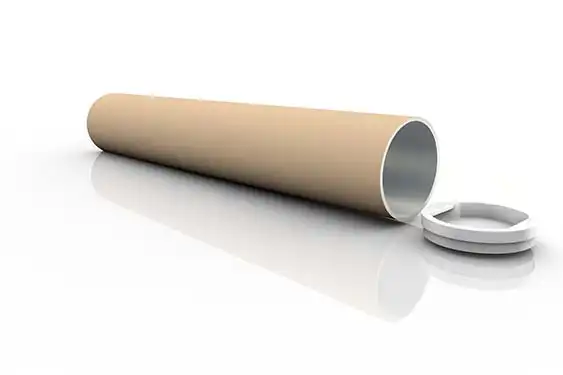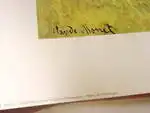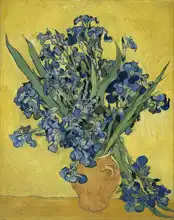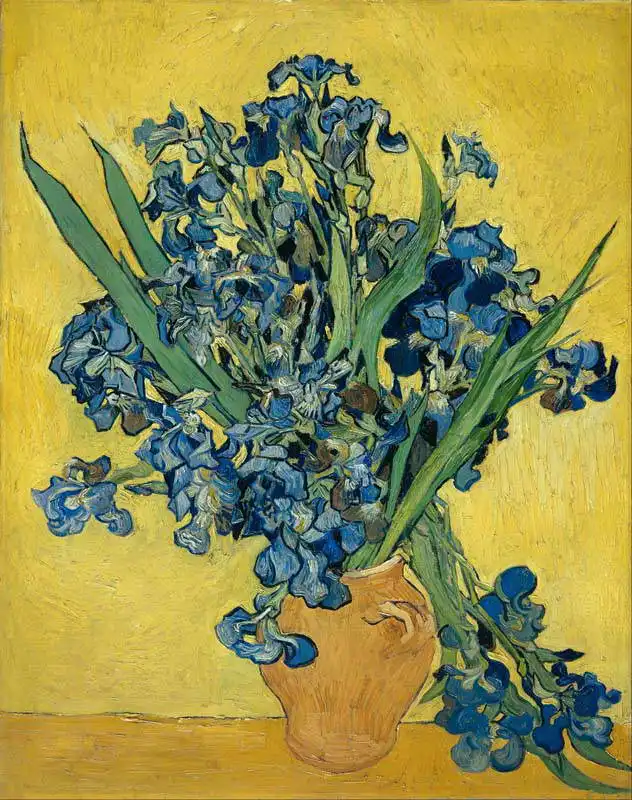About this finishing
Print. The image is printed on the top quality 10-ink HP Z9PS printer on HP matte 270 g / m2 paper. You can choose any size to an accuracy of 1 cm. A margin of 5 cm around the image is added to the size of the motif.


You can find a detailed description about our finishings
here.
Irises
Date:
1889Medium:
oil on canvasLocation:
J. Paul Getty Museum, Los AngelesDimensions:
71 x 93 Irises is one of many paintings with this theme by the Dutch painter
Van Gogh . They were painted in the last year of his life (1890) in Saint Paul de Mausoleum. The relative calmness of Gogh's soul can still be seen in the painting. He himself called the image a "lightning rod for his illnesses" because it kept him from his path to madness. The influence of Japanese ykiyo-e prints is evident in the painting. The first owner was the French art critic Octave Mirebeau, who was also one of the first supporters of Vincent van Gogh. In 1987, the painting became the most expensive painting sold. However, its future owner, Alan Bond, did not have the full amount for the painting, i.e. 54 million dollars. In 1990, the painting was sold again to the J. Paul Getty Museum in Los Angeles. It is currently the 25th most expensive painting.
Gogh painted picture Irises in 1889. Prevailing color of this fine art print is yellow and its shape is portrait. Original size is 71 x 93 . This art piece is located in J. Paul Getty Museum, Los Angeles. This image is printed on demand - you can choose material, size and finishing.
Vincent Willem van Gogh (1853-1890). Dutch painter belonging to
Post-Impressionism. His paintings (some 900 paintings and 1,100 drawings and sketches) are among the most famous in the world and are sold for exorbitant sums (except for those in our shop).
Parisian Impressionists He lived in Paris from 1886 and was influenced by the use of bright colours - most of his works were painted during this period. In his paintings, Gogh uses contrasting colours (often blue and orange - he said that I want to use colours other contrasts to each of them shone even more to contrast a man and a woman). He was known for his excesses and amputated an ear after the break-up of his friendship with
Gauguin. There is a lot of speculation about this incident (he possibly suffered from heavy metal poisoning from paint that had caused mental problems). In 1890, unfortunately he committed suicide.


